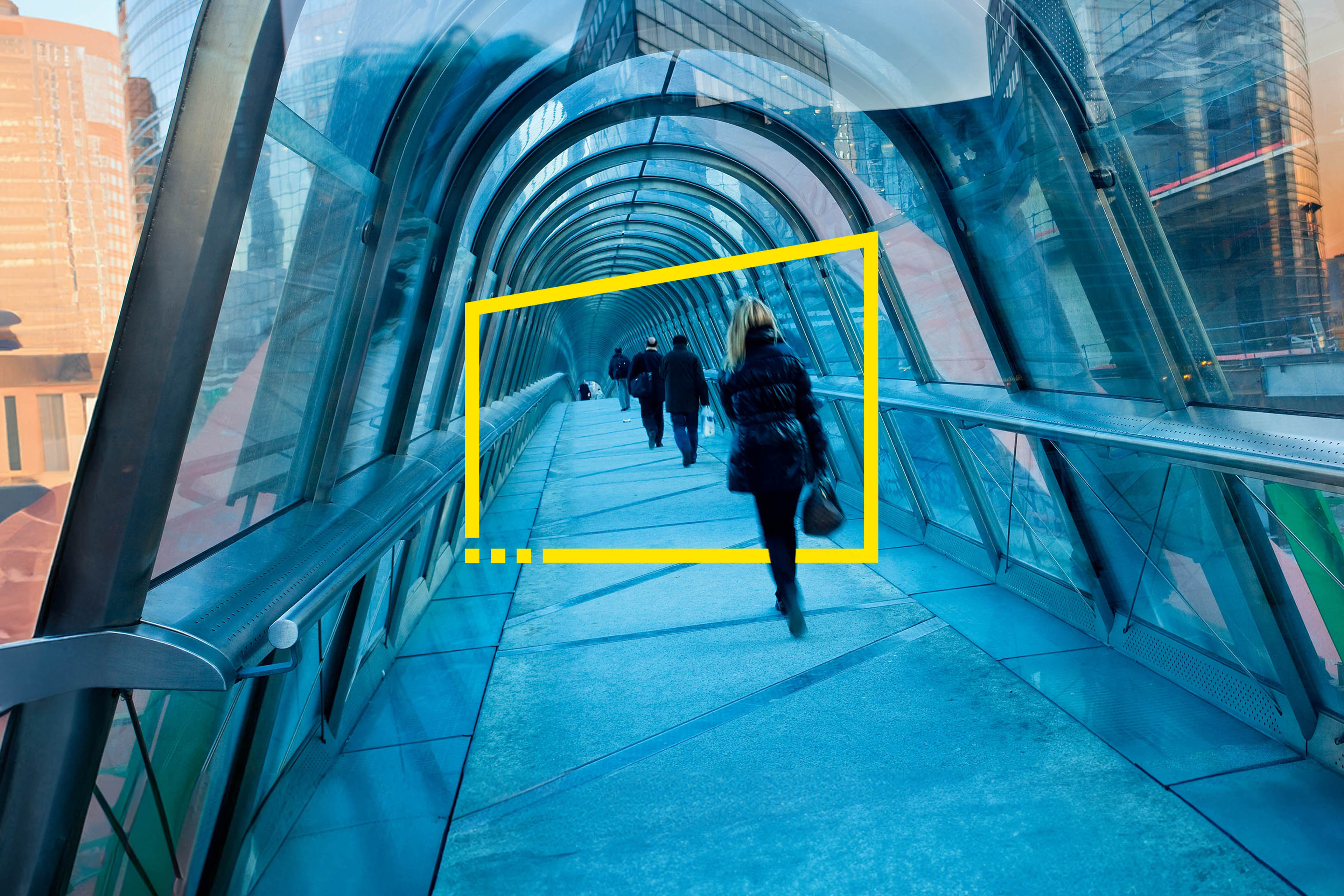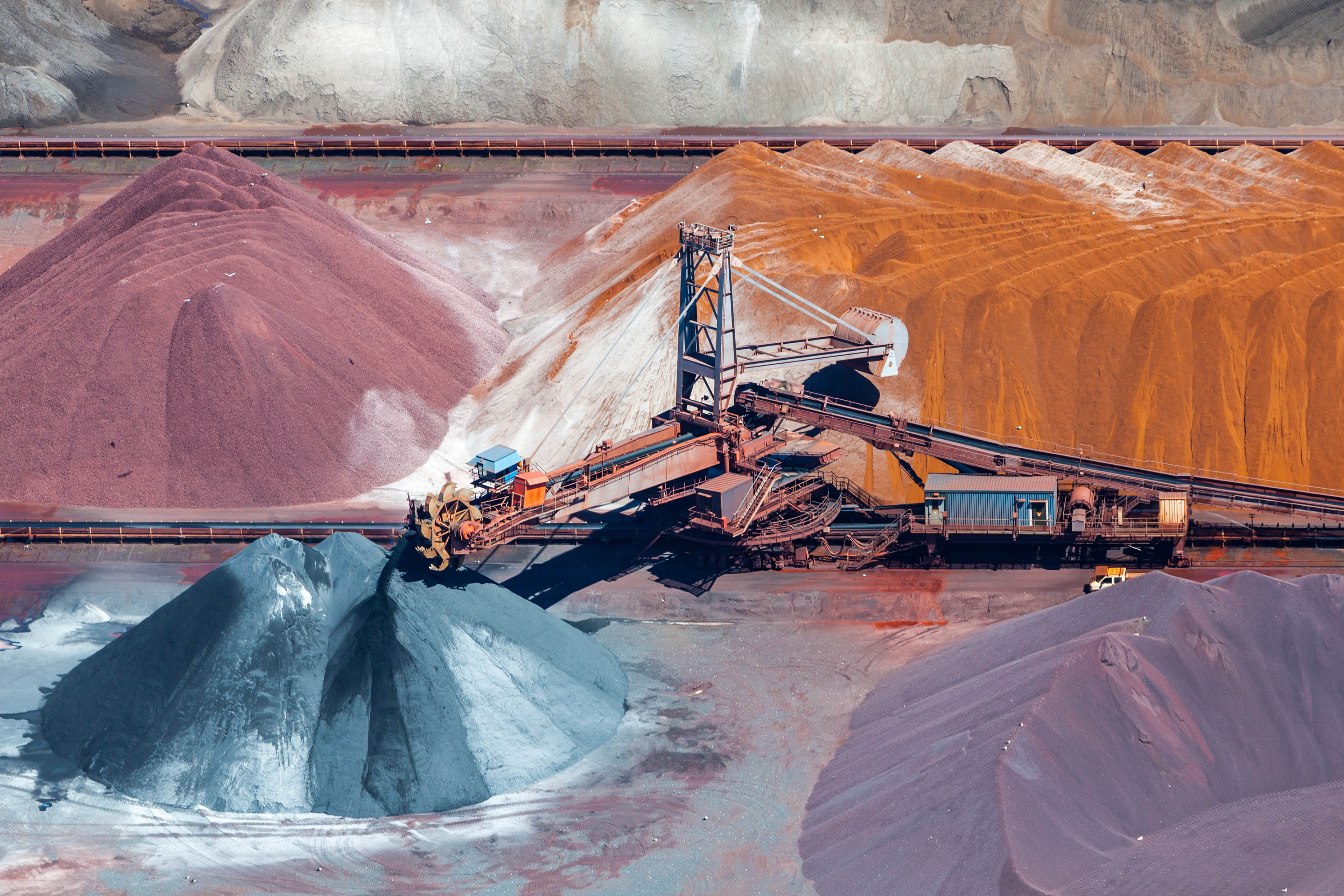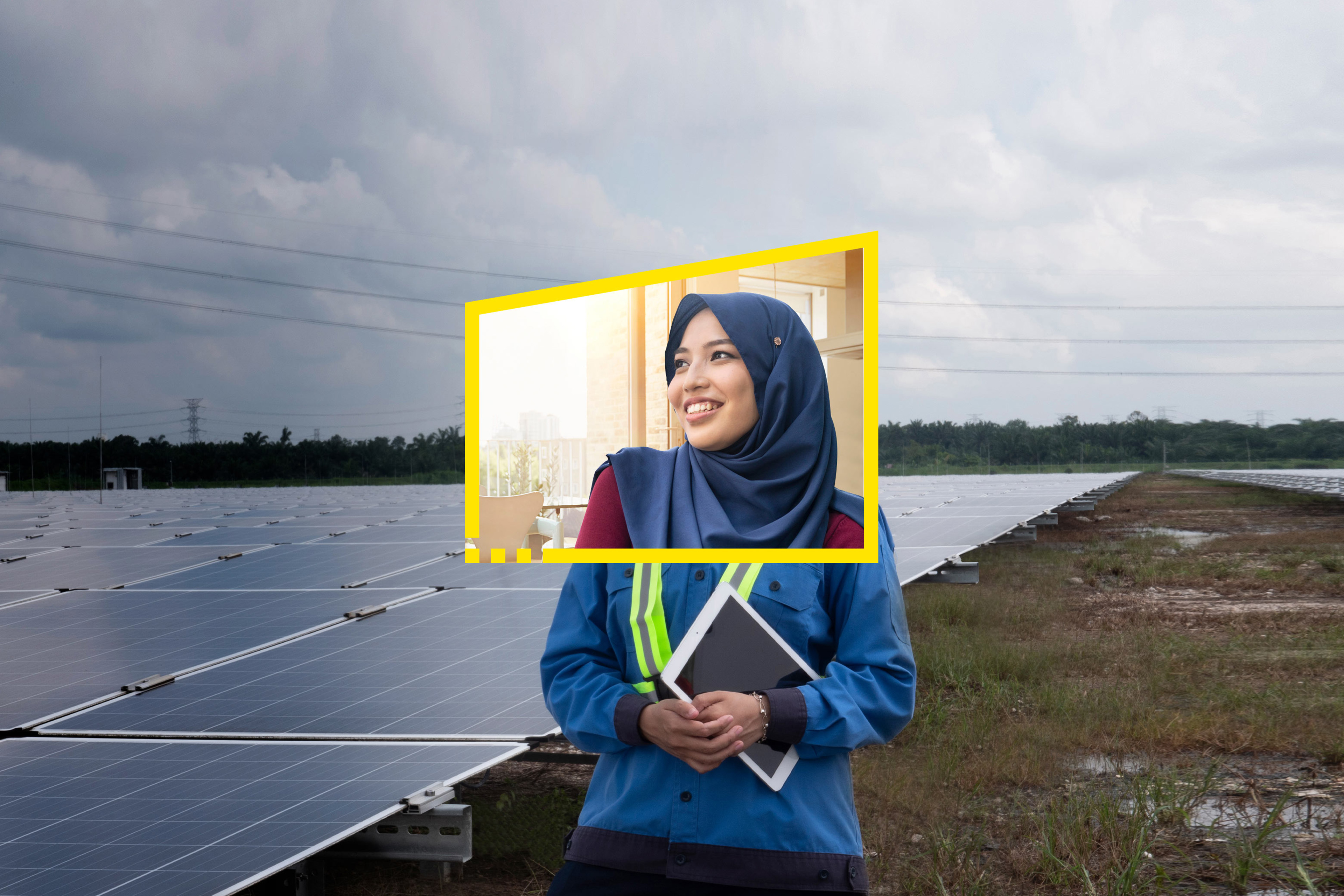A large-scale public management event of this size and significance requires incredibly detailed planning. Visitor numbers were estimated to be 150 million, which in itself would make it the biggest Kumbh Mela ever. In fact, actual numbers were 240 million, including 1.3 million overseas tourists, up from 350,000 in 2013.¹ All for a city whose base population is 1.1 million-1.2 million.
The program required extending everyday city life to a temporary city for just seven weeks: clean water, sanitation, accommodation in tents, civil supplies, health care, transportation, lighting, wifi and more.
The first step was to experience the Mela personally. In 2018, there was a smaller event, the Magh Mela, and members of the EY team spent months camped on-site. They met many saints and spoke to hundreds of pilgrims, and discussed their requirements for an improved Kumbh Mela experience.
All of this informed the approach to improving the pilgrim and visitor experience in 2019. This activated all of the user journeys, which were segmented into four different personas, as well as different age groups, all of whom had different interests and expectations – for example, 18 to 24 year-old visitors may want to find the best spots to take a selfie, whereas devout pilgrims would need to know the locations and timings for their holy dip.
More than 40 plans were prepared, and all had to be envisioned and executed.
Digital site planning
Previously, every Mela has been planned on paper. But because of monsoon season and the changing river courses, there are only two months available to set up the temporary infrastructure of the Kumbh Mela. So one of the first and most urgent steps of digitalization was to create an AutoCAD Layout map of the Kumbh Mela site with geotagging of land parcels, identifying who was allotted plots of land to facilitate planning.
The nature of the site makes it impossible to navigate using Google Maps: yet this would be a major expectation of many visitors. Temporary structures such as hundreds of miles of steel roads or pontoon bridges installed for the Mela cannot be added on Google Maps, so the EY team submitted many “points of interest” to Google Maps to enable public navigation.
Online engagement
To deliver on the ambitions of the “Divine and Grand” Kumbh Mela, a bilingual website and app were designed and built, for the first time, to offer a single online location for all event information. Content creators combed through reams of literature and historical information about the Mela, to produce content for the website and inform an entire social media campaign to engage visitors for almost a whole year.
The website was designed to create a positive perception of the Mela, especially for people who had never visited before, while the app was a more lightweight practical guide to events and arrangements. The website had more than 3.5 million visitors, and the Facebook page attracted over 250,000 followers. Across all social media, the #Kumbh2019 hashtag reached more than 71 million people globally.
Inclusiveness was a key consideration for digital engagement, and that meant serving users across the digital spectrum, from smartphone to brick phone. So the authority also initiated an SMS campaign to citizens, sending out 10 million messages in three waves to inform potential visitors about some of the arrangements and facilities at the Kumbh Mela. The SMS campaign also offered concise guides on each day of the Mela, which aided crowd management.
The community participation agenda for the Mela was further promoted with the “Paint My City” campaign. This saw nearly 2 million square feet across the city of Prayagraj painted, and photos shared to give a glimpse of Indian culture. It drove 240,000 interactions via the #PaintMyCity hashtag on social media, and reached number two in Twitter’s trending hashtags in India. It also enriched the visitor experience, as one Twitter user commented: “Best thing I like about #Kumbh2019 is “Paint my City” campaign. I think pictures are the best way to represent Kumbh… It shows our rich cultural heritage to the world.”
Social media platforms played a pivotal role in the user experience, and the focus was on being proactive rather than reactive. Social media sentiment was a key metric for the campaign, with a target of 90% positive engagement. Social analytics software was deployed to gauge feeling about the Mela, and tracked keywords that would indicate both positive and negative feedback from people’s posts. The campaign achieved a 93% positive sentiment.
Security and surveillance
The Prayagraj Mela Authority brought in resources from India’s Smart City Corporation to establish a command and control surveillance center for the mela, with 1,100 cameras installed around the site to monitor security. EY managed the relationship between the two organizations and also helped set up a dedicated toll-free helpline for emergencies in the Mela area.
In a typical Mela more than 50,000 people get lost and are reunited only by people shouting descriptions of missing persons through a loudhailer. Fifteen digital lost and found centers were established, relying on connected cameras and digital analytics to make reunification faster.
For the first time, the lost and found process was digitally integrated: visitors uploaded a photo and description of missing persons, which were then displayed on digital screens distributed throughout the mela site. This enabled 77,500 people to be reunited via the centers.
Signposting and crowd management
As part of the command and control center, the administration installed many digital message boards to help the police and other members of the administration to direct and inform crowds during the event.
The 13 primary institutions or sects of Hinduism all have massive followings, and many people want to bathe alongside the saints from their sect. So on each peak day, the administration circulated a set time by for each group to proceed in an organized manner to the focal point of the Mela.
Distribution of food
Many visitors received temporary ration cards for basic food that is subsidized by the government. As part of the overall digital solution, a platform was set up to establish and monitor the public food distribution system. This had numerous benefits, for example using QR codes to track food supplies and ensure they were not pilfered.
Sanitation
In previous Mela, there were 30,000 toilets for visitors. But if not managed properly, no-one will use them – and open defecation is a public health hazard in such a densely populated area. EY worked with the administration to estimate the numbers and orchestrated the process of procuring over 100,000 toilets.
EY also helped envision the technology required for an app to aid monitoring and maintenance of all the toilets: with the vendor and workers onboarded, any team member could take a photo of a toilet that needed attention, scan its unique QR code and initiate support from the appropriate resource. This easy-to-use digital method of maintenance helped keep facilities clean and in full working order – even on Mauni Amawasya, which saw 50 million people take a dip in a span of three days.
There were no reported incidents of open defecation, and over 200 tons of rubbish were removed from the Mela area every day, with none left to burn, bury or fester.
The application of leading sanitation and hygiene practices contributed to Mela’s success. In a post-pandemic world, these will be integral factors for planning major events.








